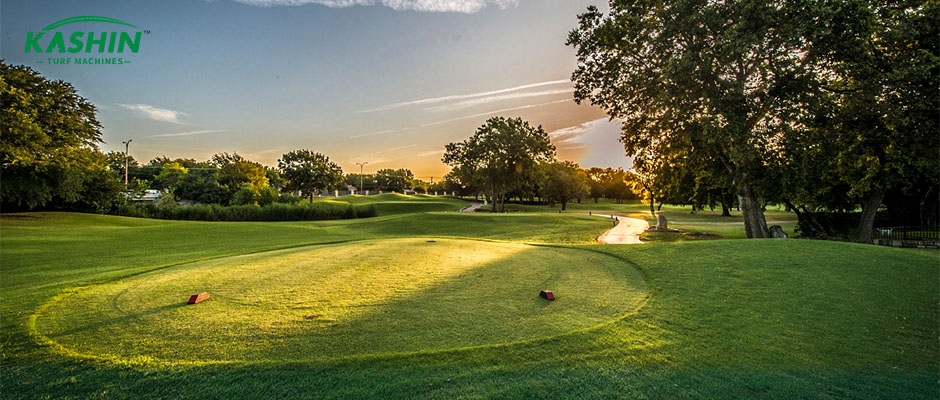Winter management of warm-season lawns
Warm-season lawn grasses enter a dormant period in winter, and the aboveground part has withered and yellowed. Except for weak breathing, the lawn grass itself has stopped all activities. During this period, fertilization and spraying have no effect on lawn grass. The main management measures in winter are as follows:
1. Remove dead grass. Warm-season lawn grasses are often characterized by the accumulation of dead grass layers. If the dead grass layer is too thick, it is easy for the lawn grass to get sick. Pests and diseases are also easy to overwinter in the dead grass layer, and pests and diseases will increase next year. The formation of the dead grass layer is often accompanied by soil compaction. Therefore, during the winter idle period, remove the dead grass in the lawn to lay the foundation for the growth of lawn grass next year. Special grass combing machines are often used for grass combing, and special iron rakes can also be used for grass combing.
2. Covering with soil. The lawn ground is uneven, the lawn mower does not work well, and the lawn is difficult to cut flat, affecting the appearance quality of the lawn. At the same time, the ground is uneven, the distribution of water and nutrients is uneven, the lawn grows inconsistently, the high places are prone to drought, the concave places are prone to water accumulation, the lawn is prone to disease in summer, and the quality of the lawn is difficult to improve. Therefore, the lawn with uneven ground should be transformed. The dormant period of warm-season lawns can be used to cover the lawn with soil to fill the local low-lying areas of the turf. In order to achieve the purpose of filling the depression, it needs to be raked after covering the soil.Customers recommend using a top dresser machine.

3. Pruning. The lawn grass leaves after withering and yellowing are flammable and easy to cause fires, seedlings and surrounding trees. It is best to prune the lawn grass after it enters dormancy, cut off the long withered and yellow leaves, and the lawn grass stubble left is not easy to catch fire. At the same time, after pruning, the lawn is golden, neat and beautiful, with a special landscape effect.
4. Watering. Warm-season lawn grass is afraid of freezing. Although the dormant lawn grass does not absorb water, if the soil is too dry, the soil temperature is easy to drop. At this time, watering can increase the heat capacity of the soil, and the soil temperature is not easy to drop, which can prevent the lawn grass from being damaged by freezing. In addition, if the soil moisture is too low, the dormant lawn grass roots may lose water and die. Therefore, winter irrigation should be carried out before the warm-season lawn overwintering.
5. Weeding. The presence of cool-season grass weeds in warm-season lawns is a headache. Because there is no effective selective herbicide to control it. However, after the warm-season lawn grass enters the dormant period, the stems and leaves die and cannot absorb any pesticides, but the cool-season weeds have not yet dormant, and the leaves and roots can still absorb pesticides. At this time, non-selective herbicides can be sprayed to kill the weeds without affecting the return of the warm-season lawn grass to green the following year.
Post time: Oct-22-2024
